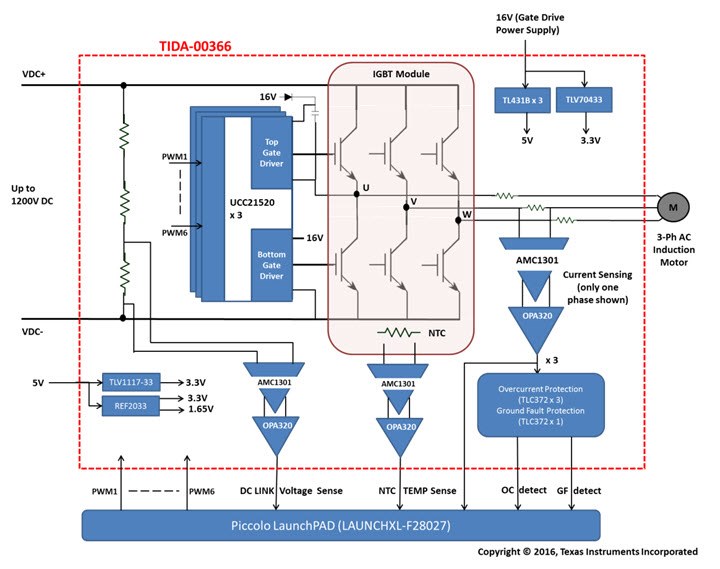Although many users leverage mobile devices that plug into their computer, they may not understand how these endpoints impact PC performance. Each time your printer, scanner, camera or other external device is plugged in, it needs an avenue through which it can communicate with the computer. These avenues are known as device drivers, and they are small-scale software programs that serve as translators between the external hardware and the PC itself.
Architectural drivers have significant influence over the design of a system and are the determining factor over whether one design is “better” or “worse” than another that produces the same features. Architectural drivers are nearly always divided into four categories.
Without these drivers, outside hardware components would be unable to connect to the operating system. However, they can negatively impact PC performance if they are allowed to become out-of-date.
- Drivers are also updated to correct glitches in the drivers themselves and/or to patch discovered security issues. Addressing outdated drivers It’s time to steer clear of those hardware hangups with iolo technologies’ Designated Drivers, found exclusively in System Mechanic and System Mechanic Pro.
- Device drivers act as a translator between the operating system of the computer and the device connected to it. For many types of devices, the necessary drivers are built into the operating system.
Outdated drivers not only can impact PC performance, but the overall stability of the system as well. As device drivers become old and obsolete, they cause a number of computer functionality symptoms, including system freezes, malfunctioning devices —even a system crash.
Compounding the issue, many users have more device drivers on their computer than they realize. Any external component requires a driver: from your Wi-Fi router to your mouse and keyboard. As operating systems receive updates and upgrades, drivers often need to be updated too so they can stay compatible. Drivers are also updated to correct glitches in the drivers themselves and/or to patch discovered security issues.
Addressing outdated drivers
It’s time to steer clear of those hardware hangups with iolo technologies’ Designated Drivers, found exclusively in System Mechanic and System Mechanic Pro.
This solution is the best method for taking care of outdated device drivers. The Designated Drivers tool goes looking for critical driver updates and installs them on your PC with the click of a button. Instead of having to wade through the updating process manually, let Designated Drivers ensure many of the drivers on your computer – from your mouse and keyboard to your Wi-Fi router and printer – are current.
UpToSpeed™ is iolo's ongoing article series written by PC experts for everyday computer users. Each article is packed with easy tips and practical advice on the latest issues affecting computers to help you get the most out of your PC.
Stay Connected
Article SM new license (default offer)
Upgrade to VIP Support
Stay Connected
optimization articles like
this one directly in your
email inbox.
Most Popular
Next Steps
We respect your privacy and would never share your information.
Article SM new license (default offer)
Upgrade to VIP Support

More tips
Drivers In-system Design Model
4 Tips to Keep Your PC Security and Privacy in Check
Read More »10 Speed Tips for Maximizing Your PC Experience
Read More »5 Tips for Reviving Your Drives
Read More »
Drivers In-system Design Software
More Articles
Drivers In-system Design Jobs
Programs Hoard RAM: What Can You Do About It?
Read More »How to Keep Your PC Fast and Healthy
Read More »Privacy Guardian Quick Start Guide
Read More »
